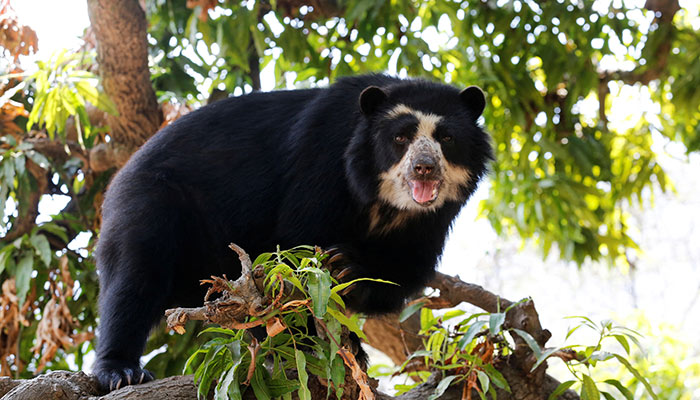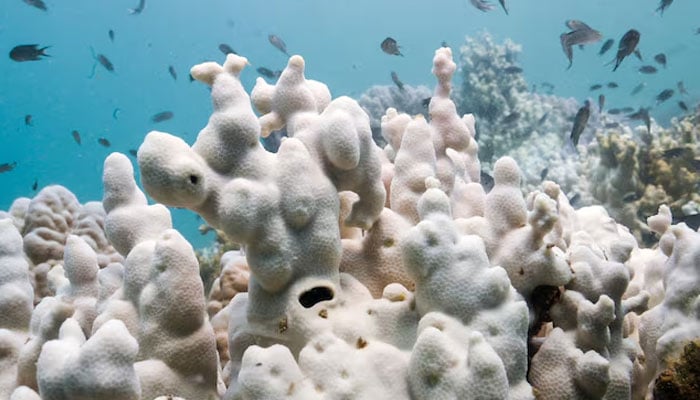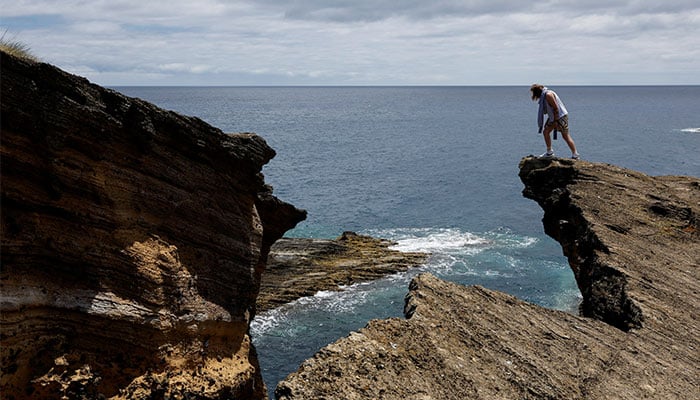
BOGOTA: Nearly 200 nations face a deadline to report their nature conservation plans to the United Nations ahead of a two-week UN nature summit dubbed COP16, beginning on Monday in the Colombian city of Cali.
These pledges should lay out how each country plans to contribute to meeting global nature targets agreed on at the last UN Biodiversity Summit, COP15, held in Montreal in 2022.
The agreement, called the Kunming-Montreal Global Biodiversity Framework, established four overall goals for 2050 and a series of 23 more urgent tasks to meet by 2030, such as setting aside 30% of the Earth for conservation and mobilizing $200 billion in nature financing.
What exactly is a biodiversity pledge?
The targets are officially called National Biodiversity Strategies and Action Plans, or NBSAPs.
In signing the 2022 pact, countries agreed to submit national pledges and plans by the start of COP16. The plans are meant to describe country efforts toward meeting the Kunming-Montreal goals and to help them gauge whether they are on track.
Unlike with national climate pledges that are updated every few years, there are currently no plans for countries to update their biodiversity plans beyond COP16.
What do NBSAPS look like?
There is no set format for an NBSAP, which allows countries to decide where they want to focus their efforts. The absence of a standardized format could make the plans harder to compare.
For example, the United Arab Emirates has submitted a tight, 22-page plan, while the plan from France spans nearly 400 pages.
The individual plans might lay out how much of the country’s land or ocean territory will be set aside for conservation.
Others will explore ways of restoring nature in land used for agricultural purposes, or establishing green areas in cities and towns.

Experts worried that, with so many targets to address, some countries might deal only with those that are easiest to achieve.
These sound like climate pledges so what’s the difference?
NBSAPS are indeed similar to the Nationally Determined Contributions, or NDCs, in which countries report their emissions-cutting plans and other climate change efforts to the United Nations.
Those NDCs are meant to gauge progress toward meeting global climate goals under the 2015 Paris Agreement to limit global warming.
Measuring progress toward reducing planet-warming carbon dioxide emissions, however, is far easier than assessing the state of the world’s ecosystems, animals and plants. Countries are still deciding how best to measure progress on the global nature goals.
A country’s two sets of pledges — the biodiversity NBSAP and climate NDC — could overlap given how nature helps to regulate the world’s climate, and how global warming threatens to devastate ecosystems and wildlife populations.
In fact, guidelines published alongside the 2022 nature pact encourage countries to explore actions that serve both sets of goals.

Days before the summit, roughly 16% of countries had filed NBSAPs.
The plans themselves require consultations with local and Indigenous populations, a time-consuming effort that countries with fewer resources may struggle to complete on time.
To help other nations with the planning effort, Colombia and Germany in 2022 launched a 30 million euro ($32.65 million) effort called the NBSAP Accelerator Partnership, which now has at least 21 countries participating, including the Democratic Republic of Congo and Sri Lanka.
There is no penalty for nations that fail to meet the deadline. Countries also have the option of submitting a report that lists only their national targets but leaves out any details of how the targets would be met.
More than 90 of the 195 countries that agreed to the Global Biodiversity Framework have filed those targets.